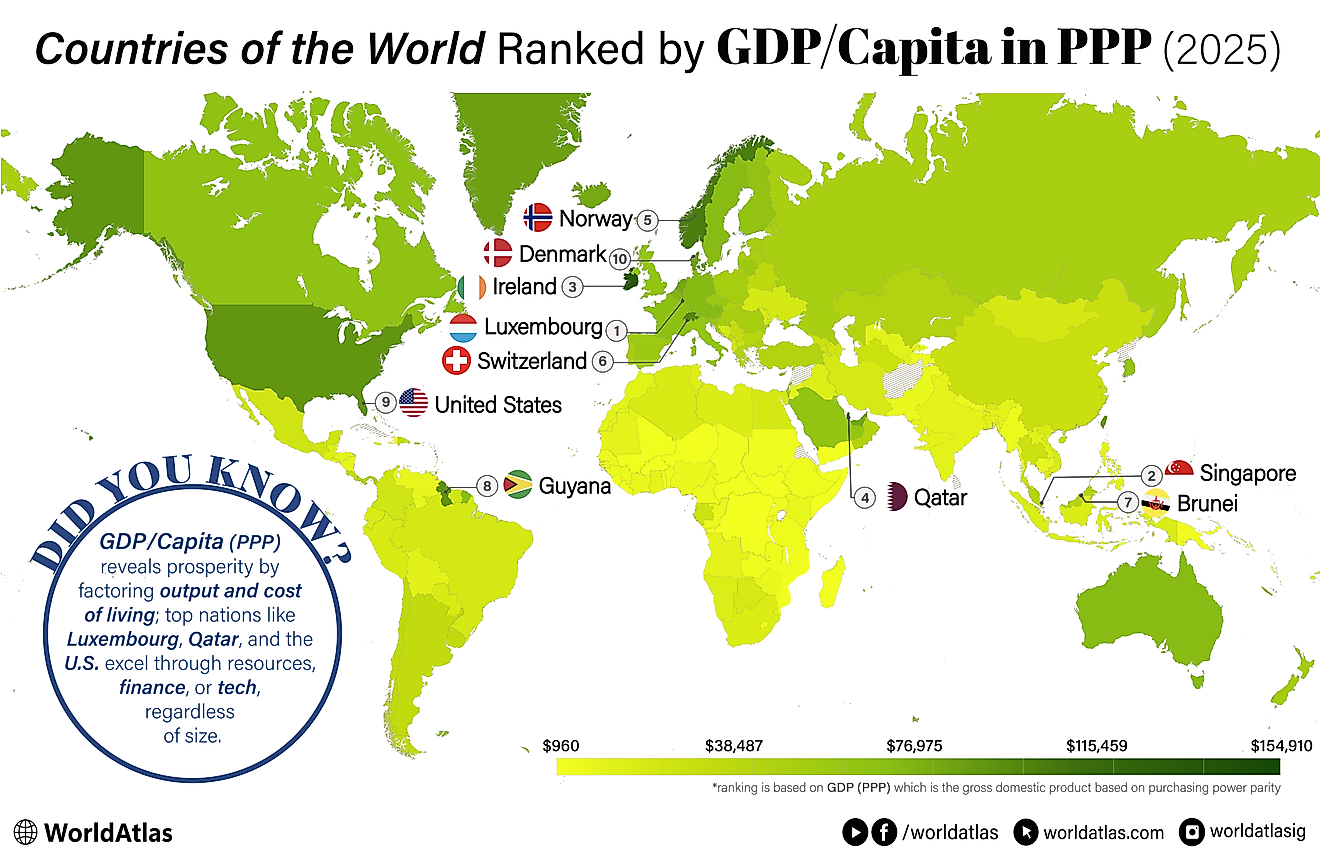The Leading Ginger Producing Countries In The World

Ginger is native to the tropical rainforests of Southern Asia, is used widely in culinary and for medicinal purposes. Ginger is also scientifically known as Zingiber officinale and is a flowering plant that is perennially herbaceous and grows stems annually that are about a meter tall with narrow green leaves and yellow flowers. Ginger belongs to the family Zingiber aceae together with cardamom, galangal, and turmeric. Ginger is believed to have originated from the Indian subcontinent since India has a wide variety of ginger plants. During the first century, A. D Europe imported ginger from India due to the profitable spice trade widely exploited by the Romans.
Uses And Benefits Of Ginger
Ginger can be consumed in different forms which include in powder form, refrigerated or frozen or fresh which is peeled before consumption. The plant is used as a spice and a major ingredient in a wide array of dishes. Ginger can be used to make ginger wine, candy and is used as a food seasoning in most Asiatic countries. Powdered ginger is used in the production of flavor which is utilized in a variety of recipes such as cakes, cookies, bread, crackers, ginger ale, and beer. In India ginger plays a major role in the preparation of masala chai, vegetables, and curries. As a type of confectionery, the ginger root is cooked in sugar until it becomes soft and then crystallized to make ginger.
In Japan, ginger is used to make candy known as shoga or grated on uncooked noodles or tofu. In Burma, ginger is used as a primary ingredient in the preparation of traditional medicines, cooking, and eaten as a salad dish.
In China, ginger is used in the preparation fish or meat dishes, herbal tea and can also be found as a component in candy boxes.
Ginger has both economical and nutritional benefits. Modern research confirms that consumption of ginger helps in reducing nausea and vomiting which mostly affects pregnant women, cancer patients undergoing chemotherapy and people suffering from motion sickness. Ginger can also be used to prevent stomach ulcers, it helps in reducing gas in the intestinal tract, it hinders the invasion of bacteria such as Salmonella which causes diarrhea and typhoid and helps in fighting common colds. Ginger is used to reduce muscle pain, and soreness and its anti-inflammatory effects can help a person suffering from arthritis.
Cultivation And Production Of Ginger
Ginger propagates bunches of flower buds that are white and pink in color which eventually blossom into yellow flowers. The ginger plant has an aesthetic appearance and can comfortably adapt to warm climates thus making it a convenient plant that is grown as landscaping around semi-tropical homes. Ginger is a reed-like plant that is perennial and consists of annual leafy stems that grow to a height of about a meter.
The Top Ginger Producing Countries
The global production of ginger was 2.1 million tons in the year 2013. India was the top producing country accounting for 33% of the world's total ginger production with 0.683 million tons. China followed in second place with 19% which accounted for 0.390 million tons, Nepal came in third place with 0.235 million tons while the other two top producing countries of ginger were Indonesia and Nigeria accounting for 0.233 and 0.160 million tons respectively.
The Leading Ginger Producing Countries In The World
| Rank | Country | Production (millions of tons) |
|---|---|---|
| 1 | India | 0.683 |
| 2 | China | 0.390 |
| 3 | Nepal | 0.235 |
| 4 | Indonesia | 0.233 |
| 5 | Nigeria | 0.160 |











